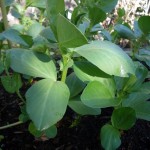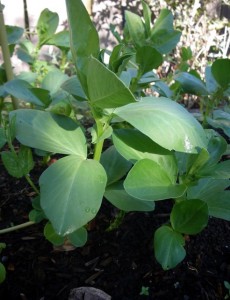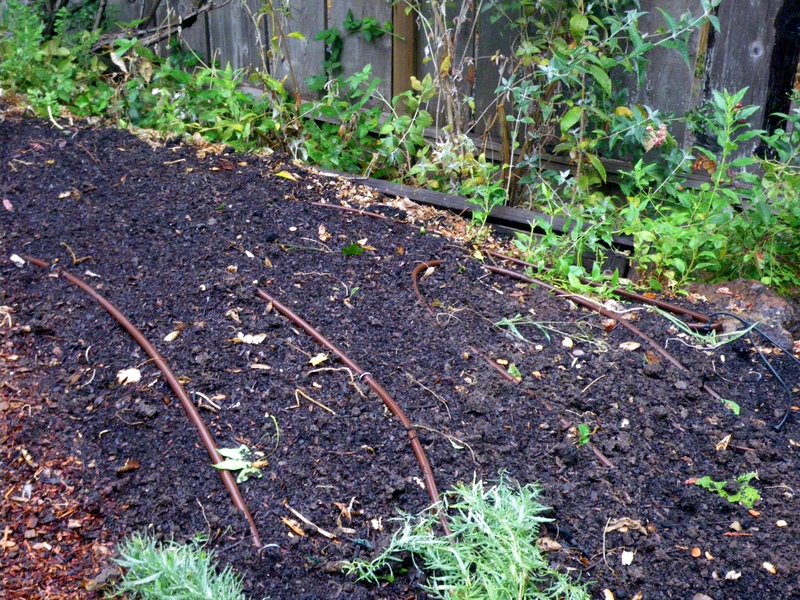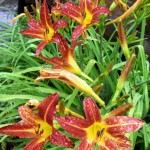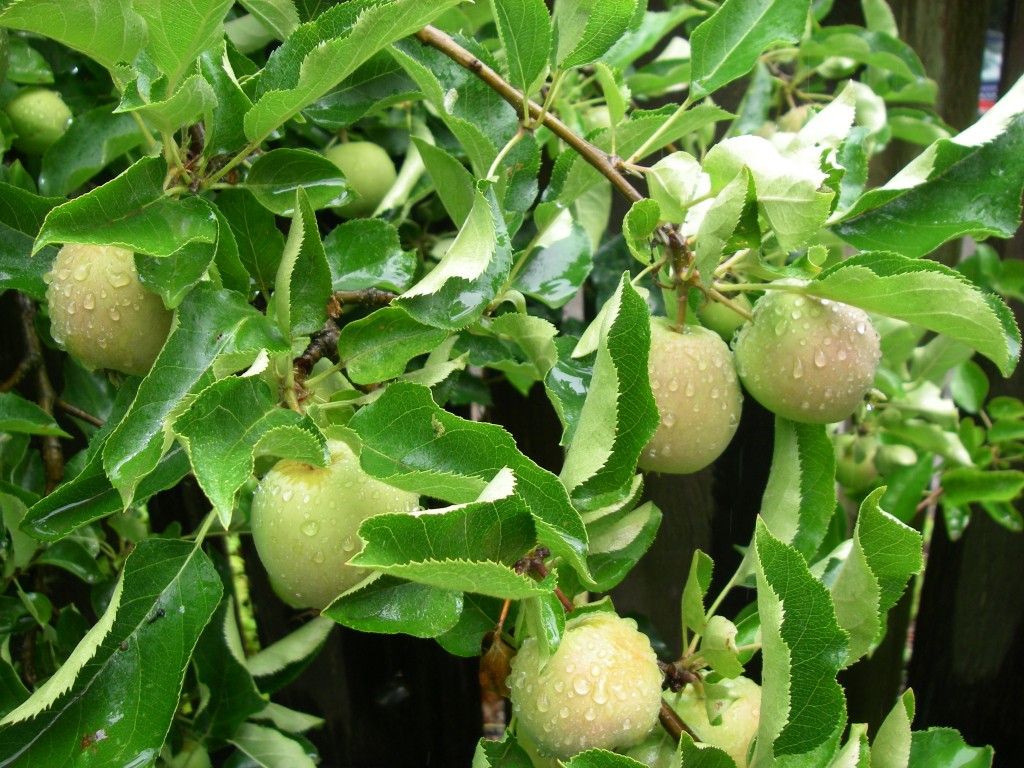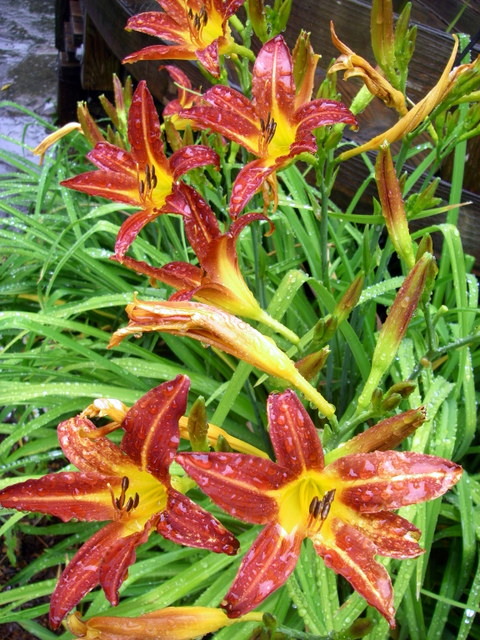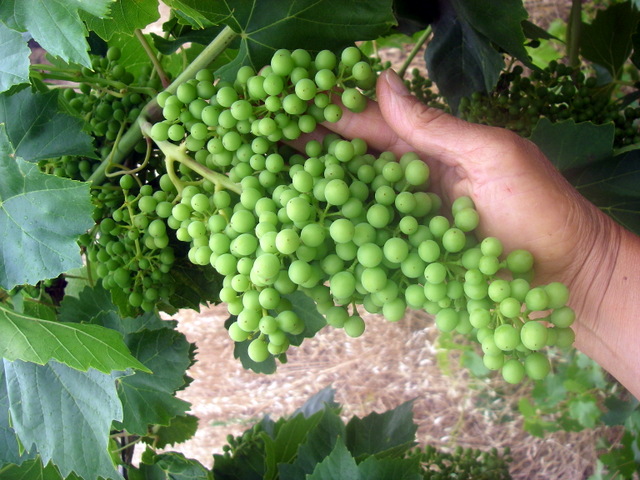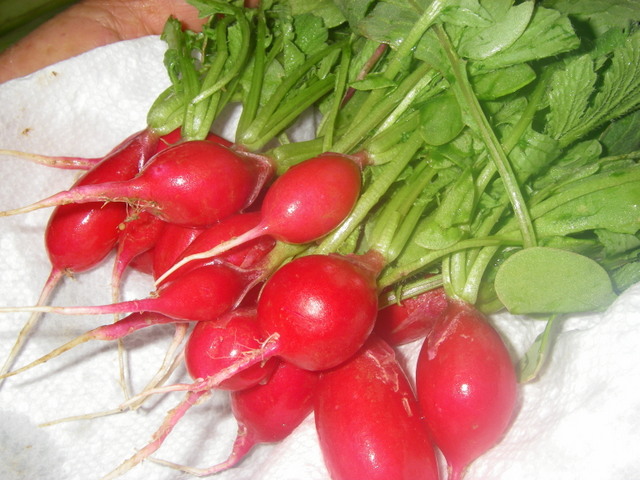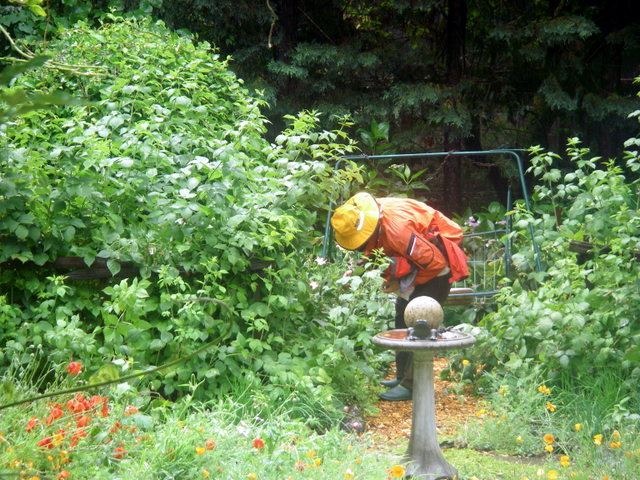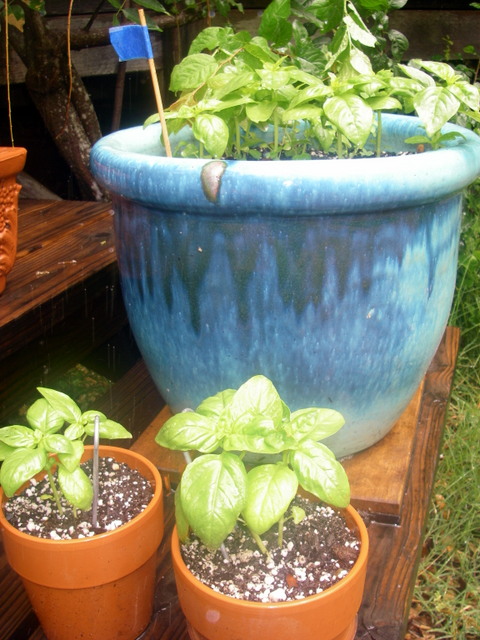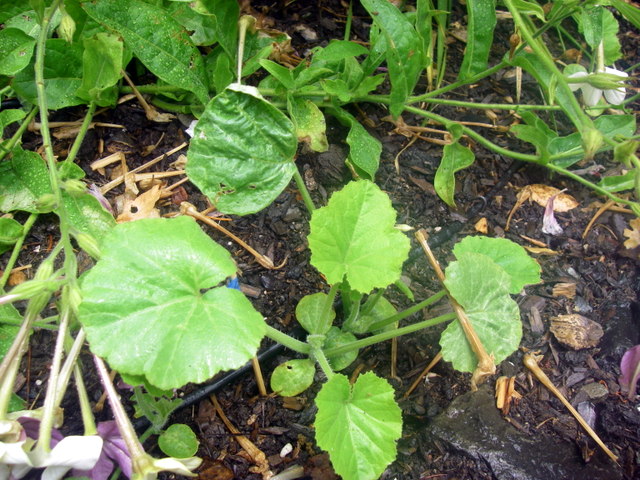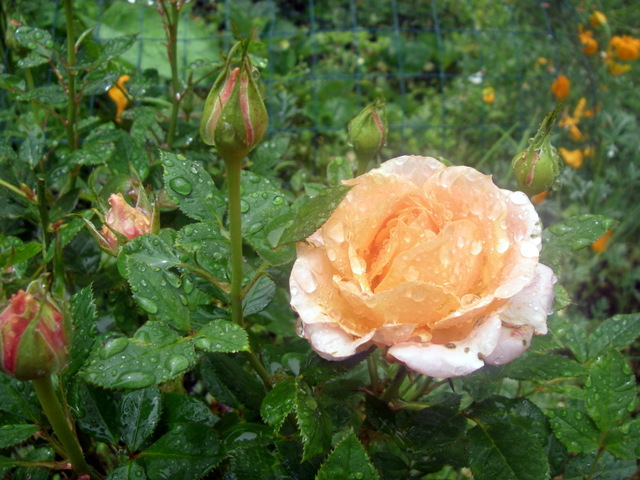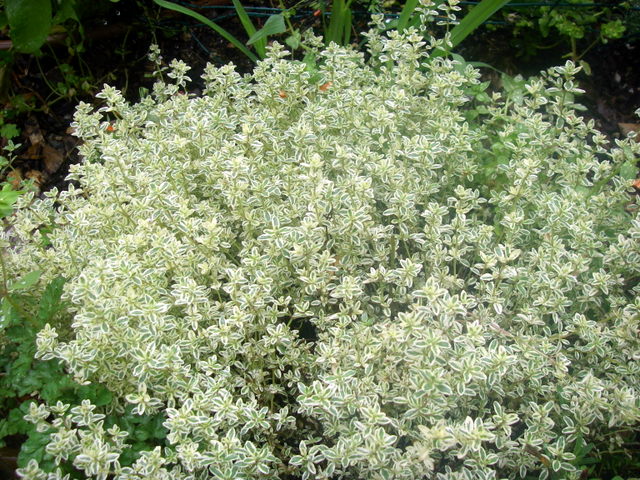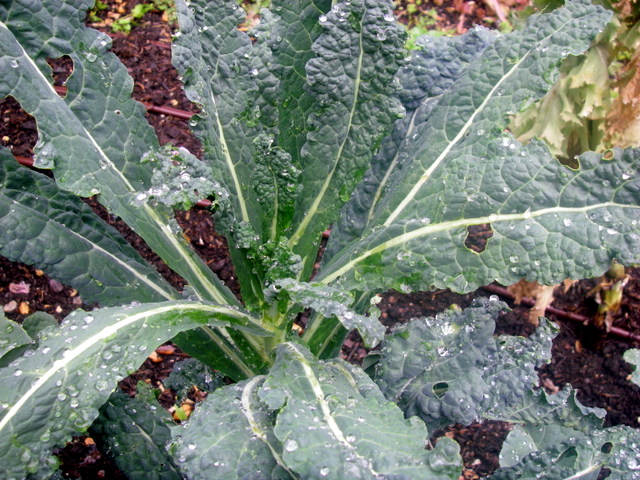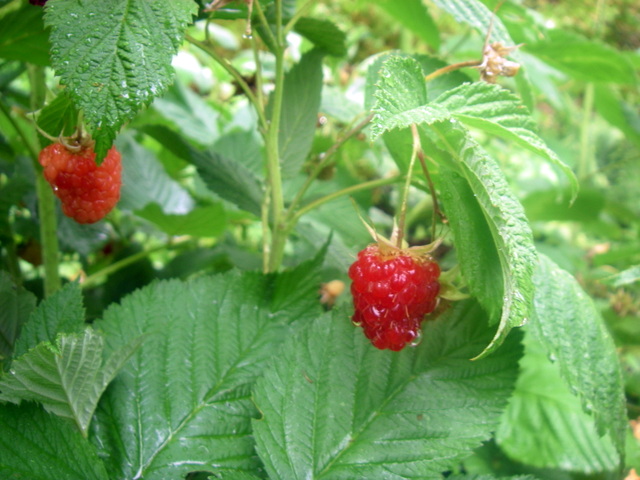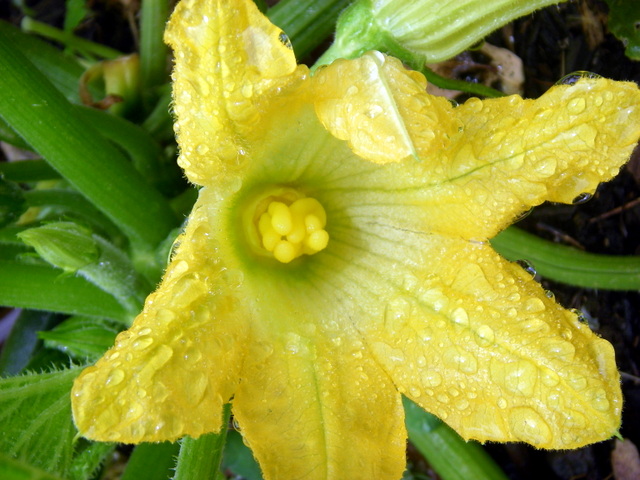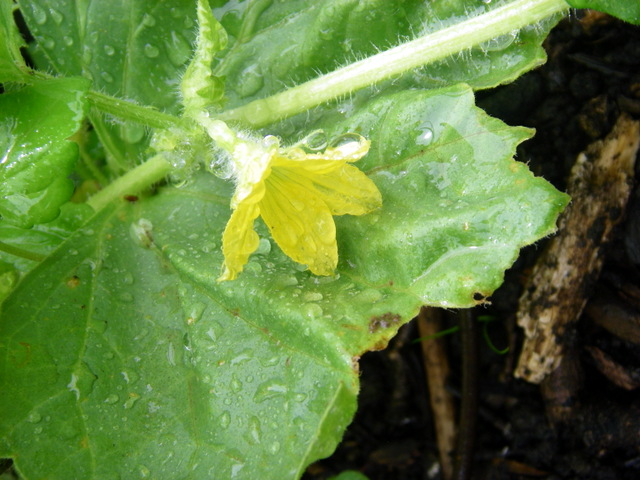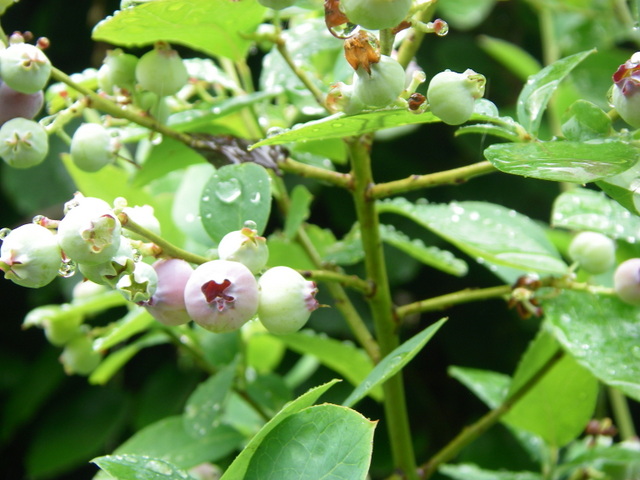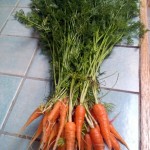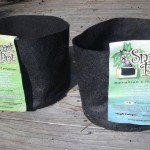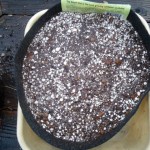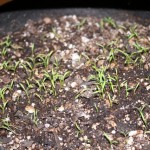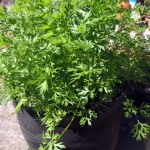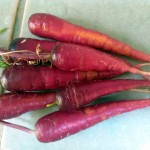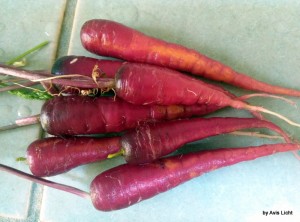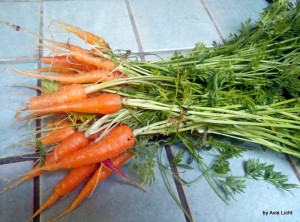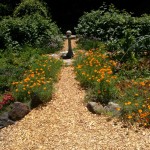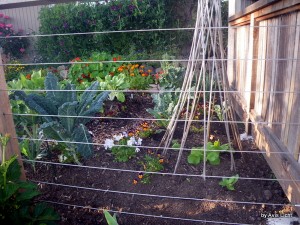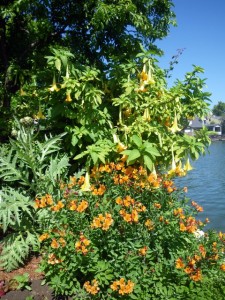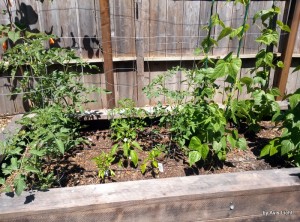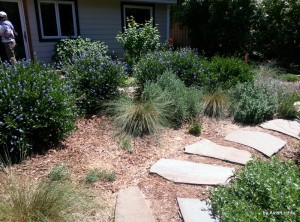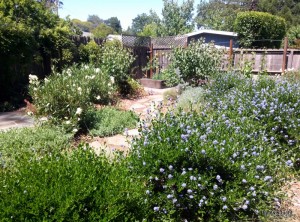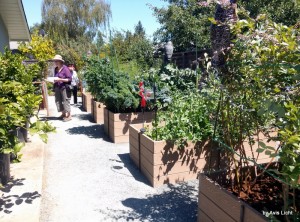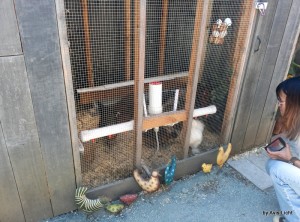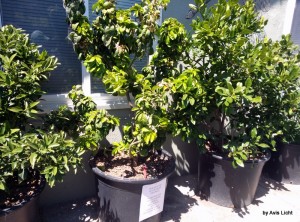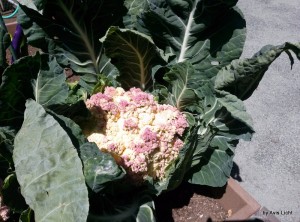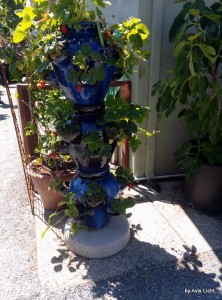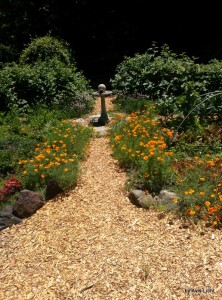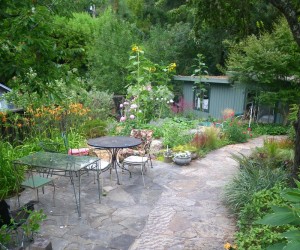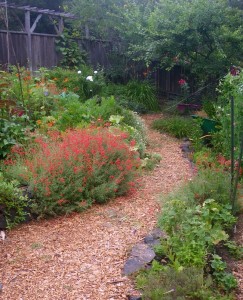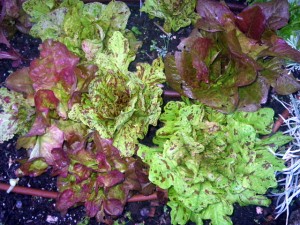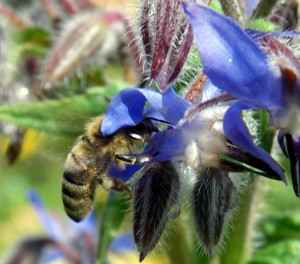by Avis Licht –
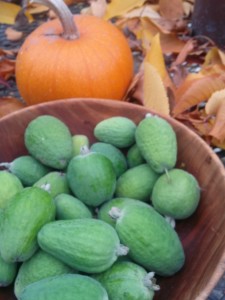
Pineapple Guava
- Fruit that ripens in the Fall
The Pineapple Guava is one of my favorite plants. It serves many purposes in the edible garden. It’s an easy care, evergreen shrub that has edible flowers, edible fruits and somehow, the deer DON’T eat it. It almost sounds to good to be true.
Where I live, deer eat almost all our plants, so having one that does all these good things is a real treasure.
Climate:The Pineapple guava grows in Zones 8 – 10. What this really means is that it likes some cool weather, can go down to 10 deg. F, likes rain in the 30″ – 40″ range, and doesn’t like super hot daytime weather – not so good in the desert.
Soil: It’s adaptable to a wide range of soils, including acidic soil, but prefers a humus rich soil that is well drained. Adding compost and not manure works for this plant.
Water: This is considered a drought tolerant plant, meaning it survives with relatively little water, but needs adequate water for good fruit production. During dry spells you should give it additional water. In real terms, this means observe your plant. No matter what the books say, you always need to observe your plants in your own garden setting to see how they are faring and what they need. Everyone’s garden is different from the norm that all these books talk about. You’ll always want and need to adjust requirements to your own situation.
by Avis Licht – If you need some great information on starting your Spring Garden, have a look at my new ebook, called The Spring Garden Made Easy.
 See these pretty pink petals? They are edible. Just gently pull them off and leave the rest of the flower so that it turns into fruit. The petals are really delicious. Take my word for it.
See these pretty pink petals? They are edible. Just gently pull them off and leave the rest of the flower so that it turns into fruit. The petals are really delicious. Take my word for it.
Sun: Full sun is best – but it can tolerate partial shade
Wind:The Pineapple guava makes a good windbreak. It can take some salt air, but I wouldn’t put it on the dunes as a first line wind break.
Care: What I really love about this plant is that it needs so little care. It just grows happily on its own. You can prune it for shape or let it alone. If you prune it back hard, you will lose some fruit production.
Pests: Almost none. Well, I haven’t seen any.
Be sure to check out my store of favorite reliable tools and implements for the garden.
Fruit and flowers: The flowers which bloom late Spring are edible. The thick petals are spicy and are eaten fresh. The petals may be plucked without interfering with fruit set. The fruit ripens in late Fall, which is a great boon, since almost everything else in the garden is gone. The fruit in the picture below, came from my garden on November 19th. They taste fresh and tangy. We eat them by scooping out the fruit with a spoon. Or you can cook them in puddings, pastry fillings, fritters, dumplings, fruit-sponge-cake, pies or tarts.
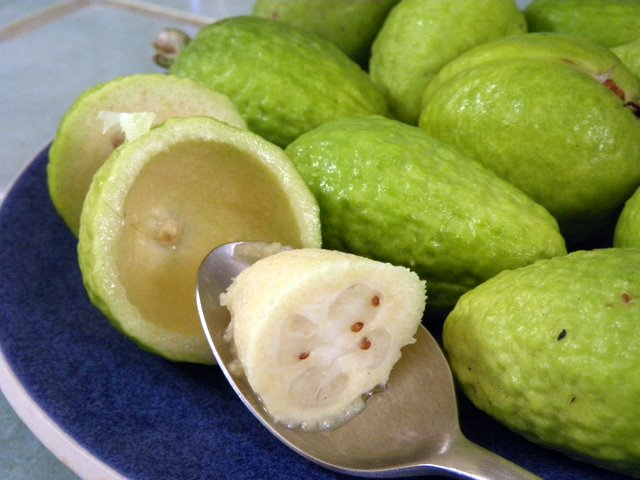
Scoop the fruit of the pineapple guava out of the skin.
Don’t forget to check out my ebook: The Spring Garden Made Easy. It’s only $4.99 and gives a mountain of information.

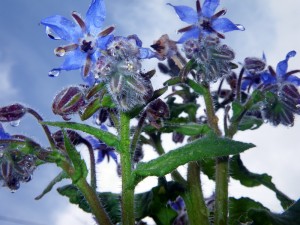
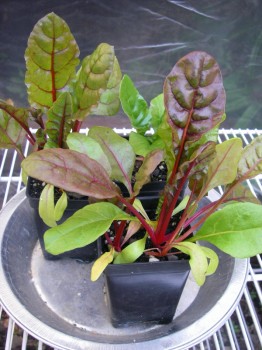
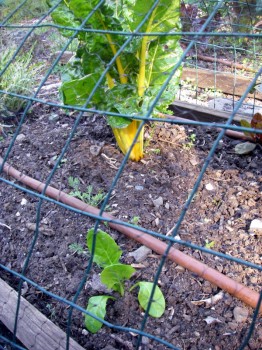
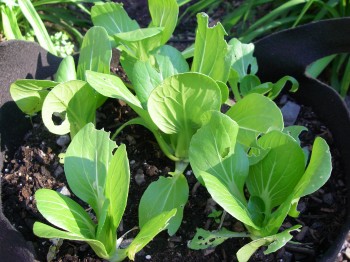
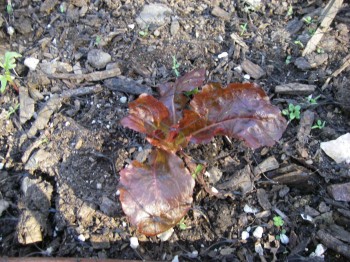
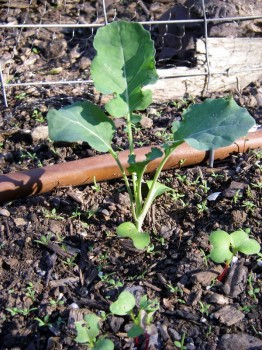

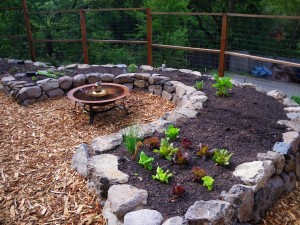
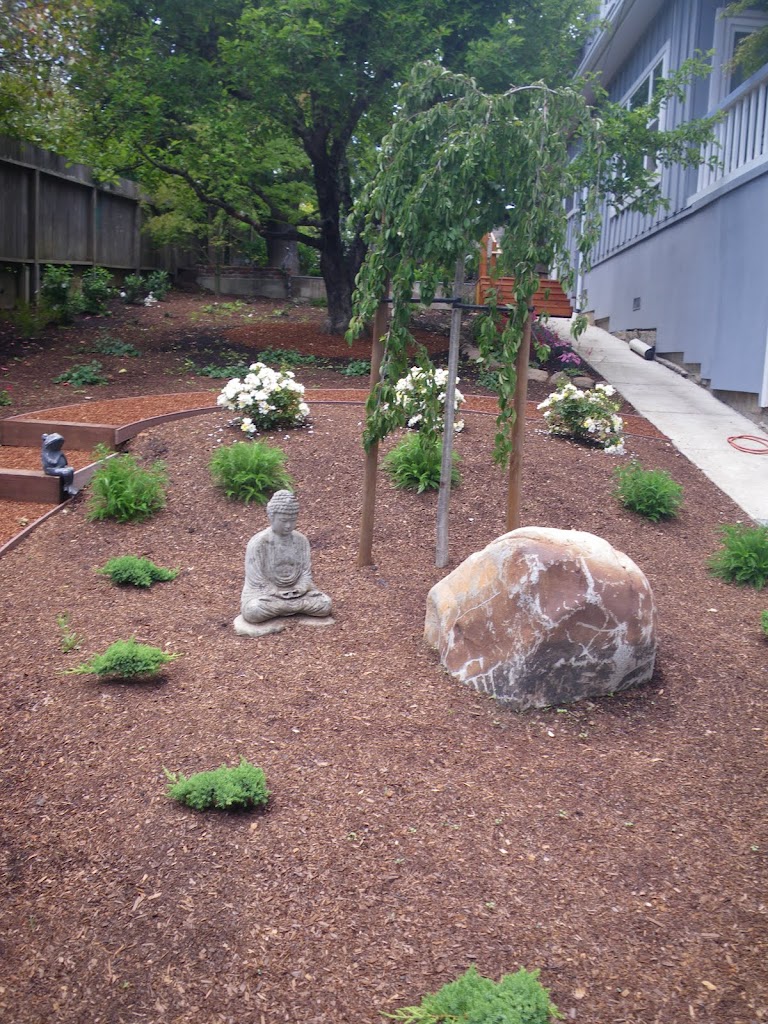
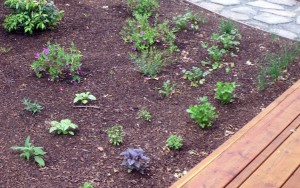
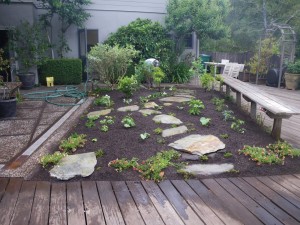
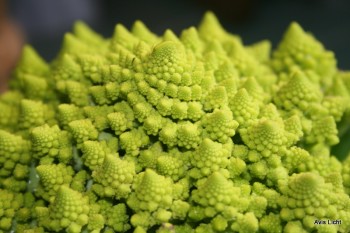

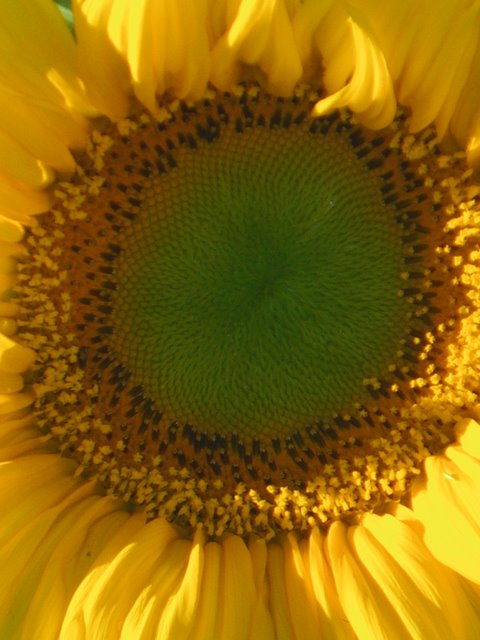
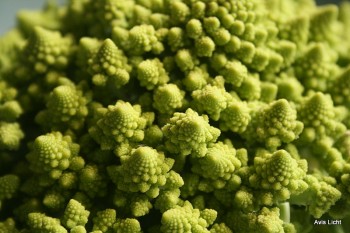
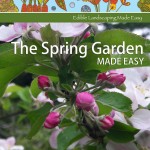
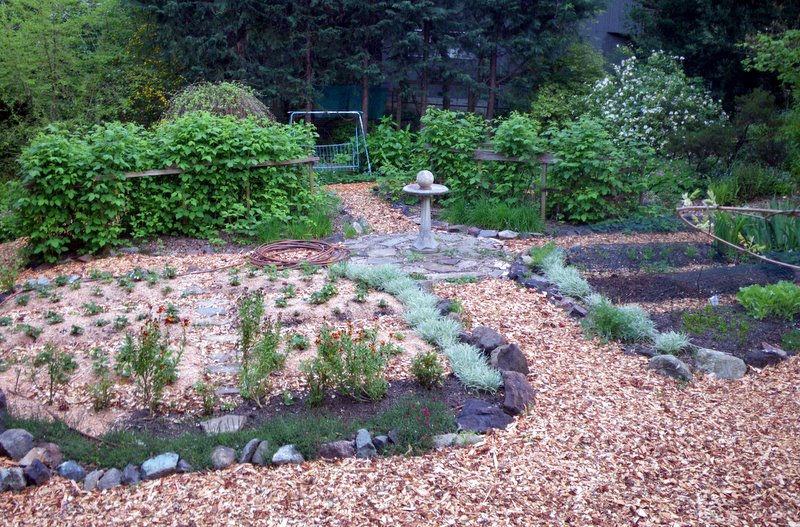

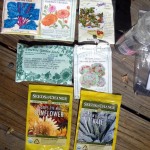
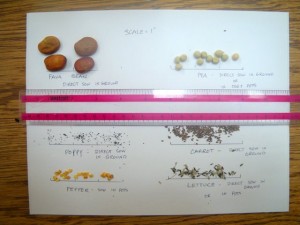
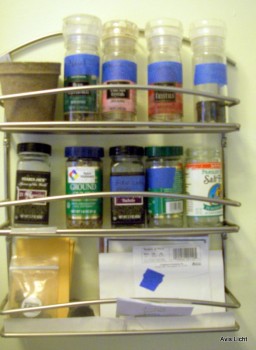
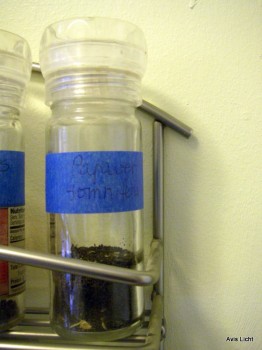


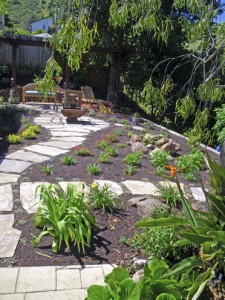

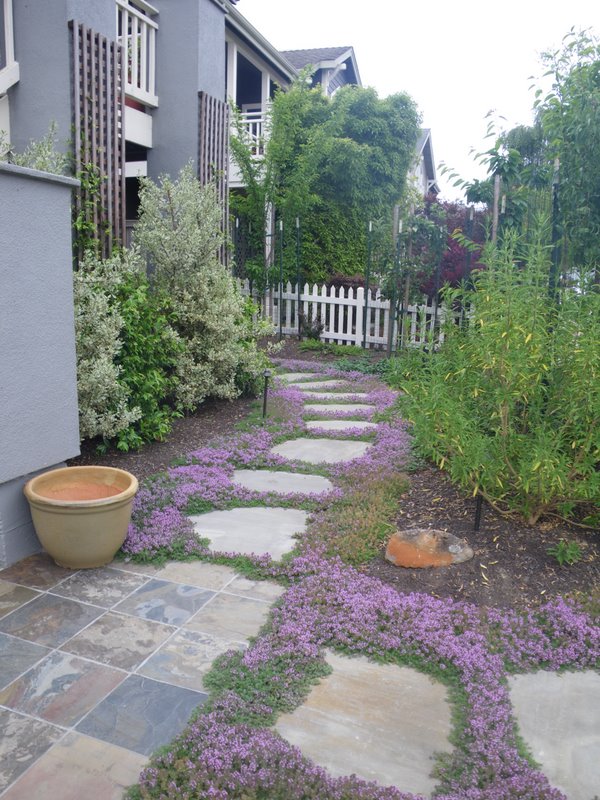 Even a simple stone path, planted with ground cover is beautiful and effective. Paths: you don’t want to live without them.
Even a simple stone path, planted with ground cover is beautiful and effective. Paths: you don’t want to live without them.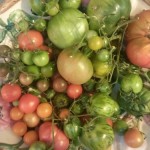
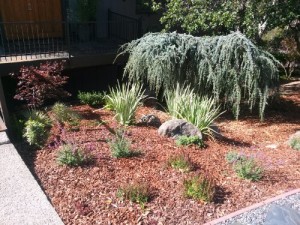
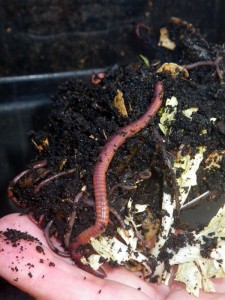
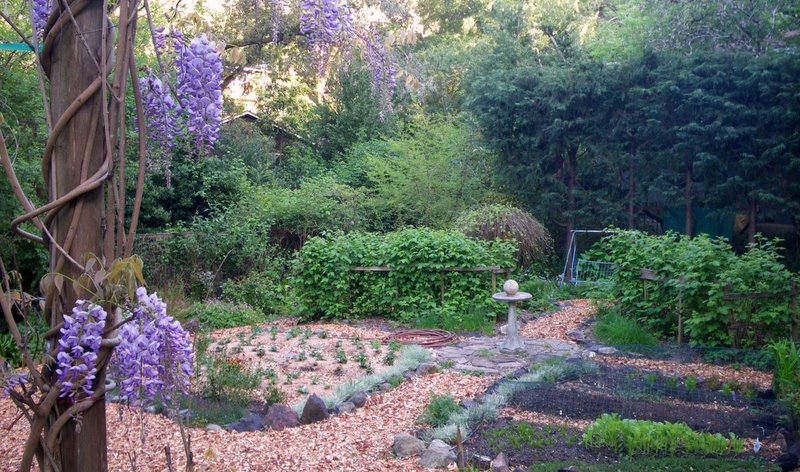
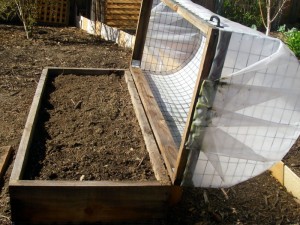
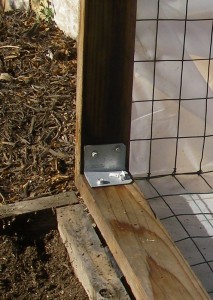
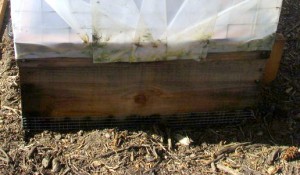
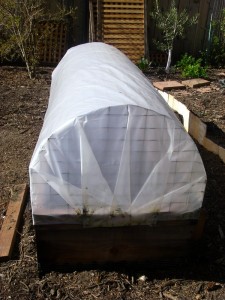
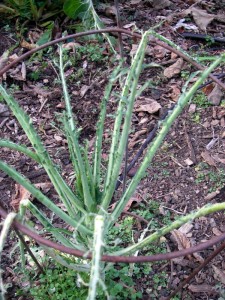
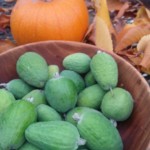

 See these pretty pink petals? They are edible. Just gently pull them off and leave the rest of the flower so that it turns into fruit. The petals are really delicious. Take my word for it.
See these pretty pink petals? They are edible. Just gently pull them off and leave the rest of the flower so that it turns into fruit. The petals are really delicious. Take my word for it.
